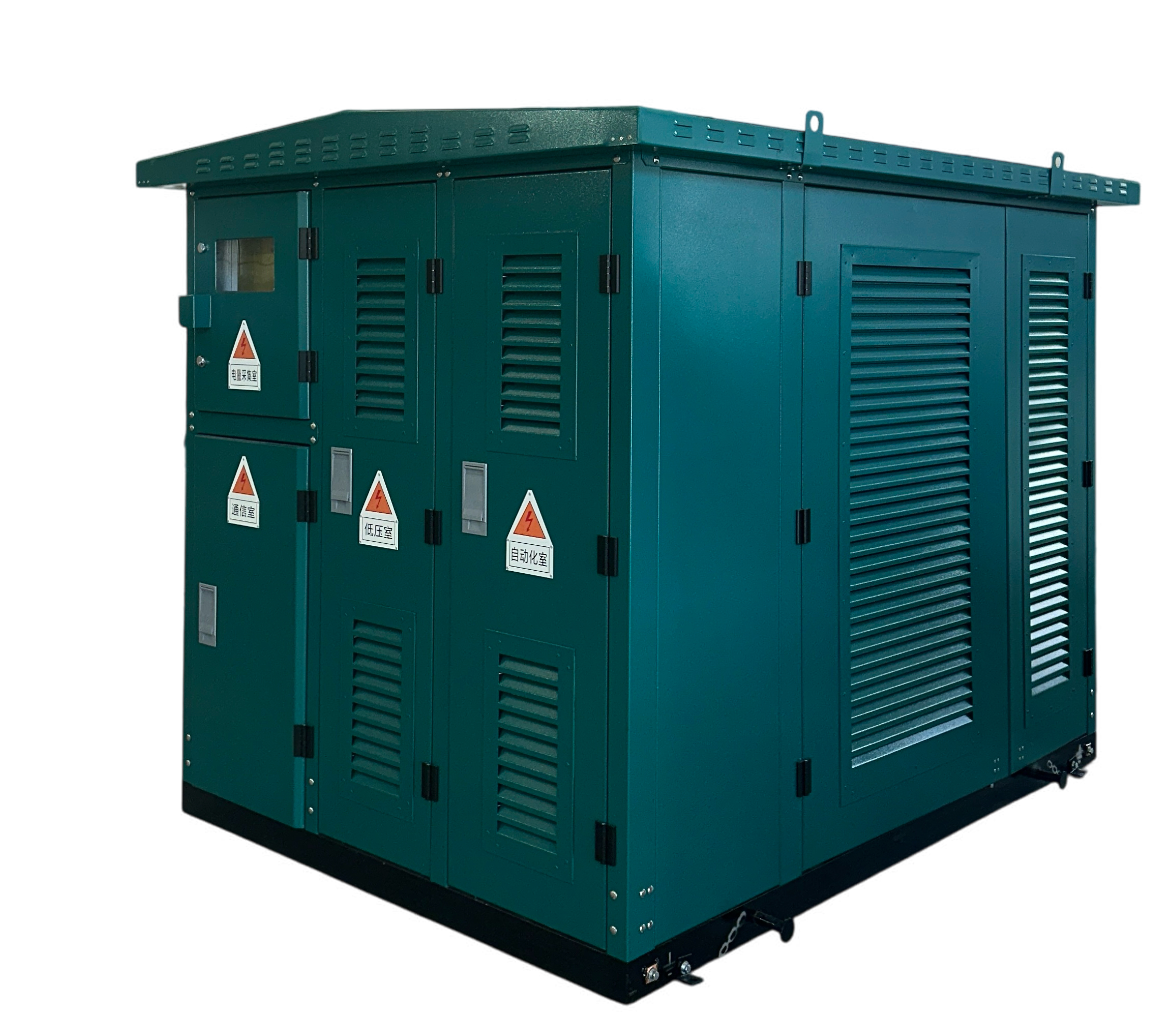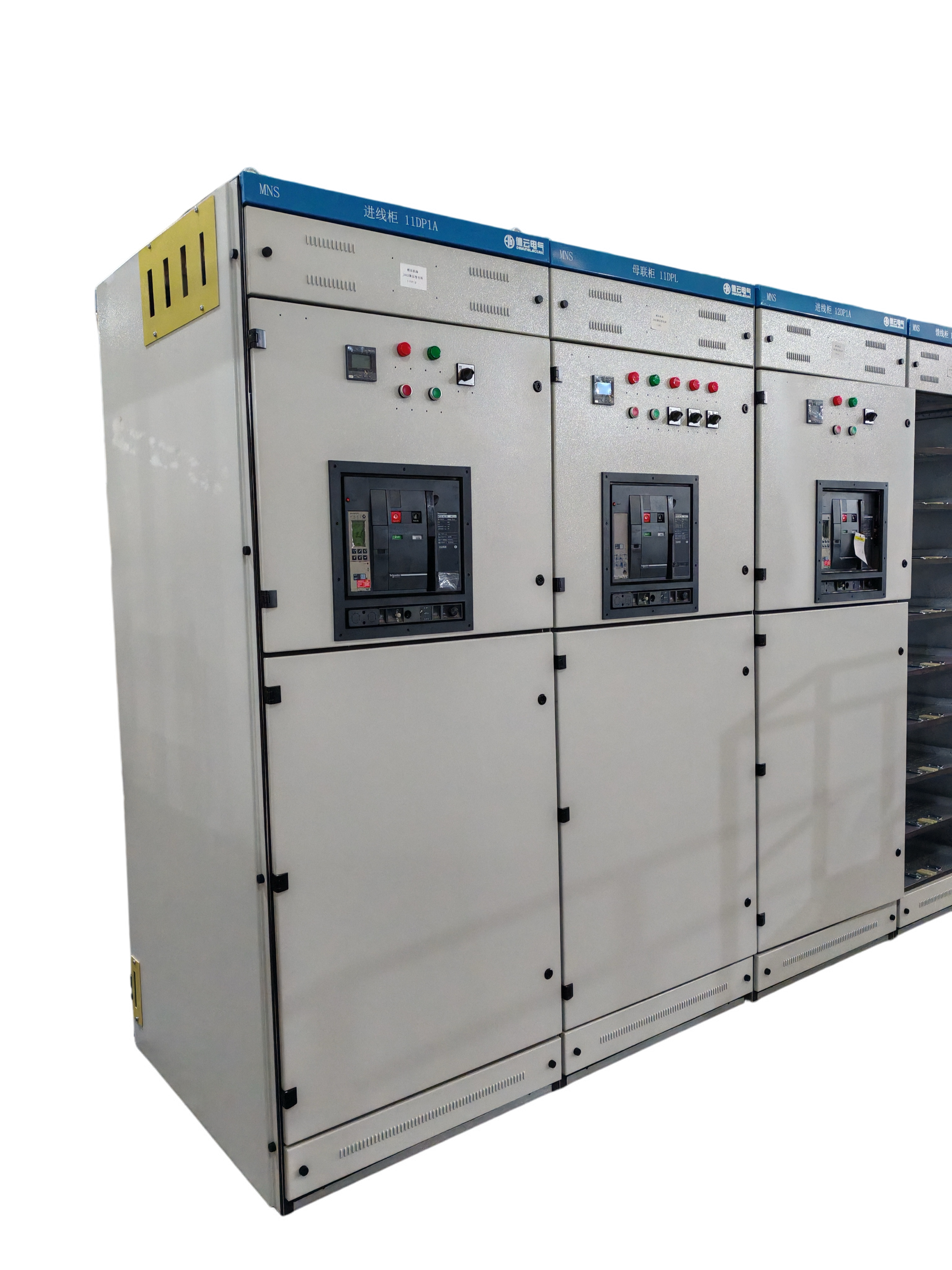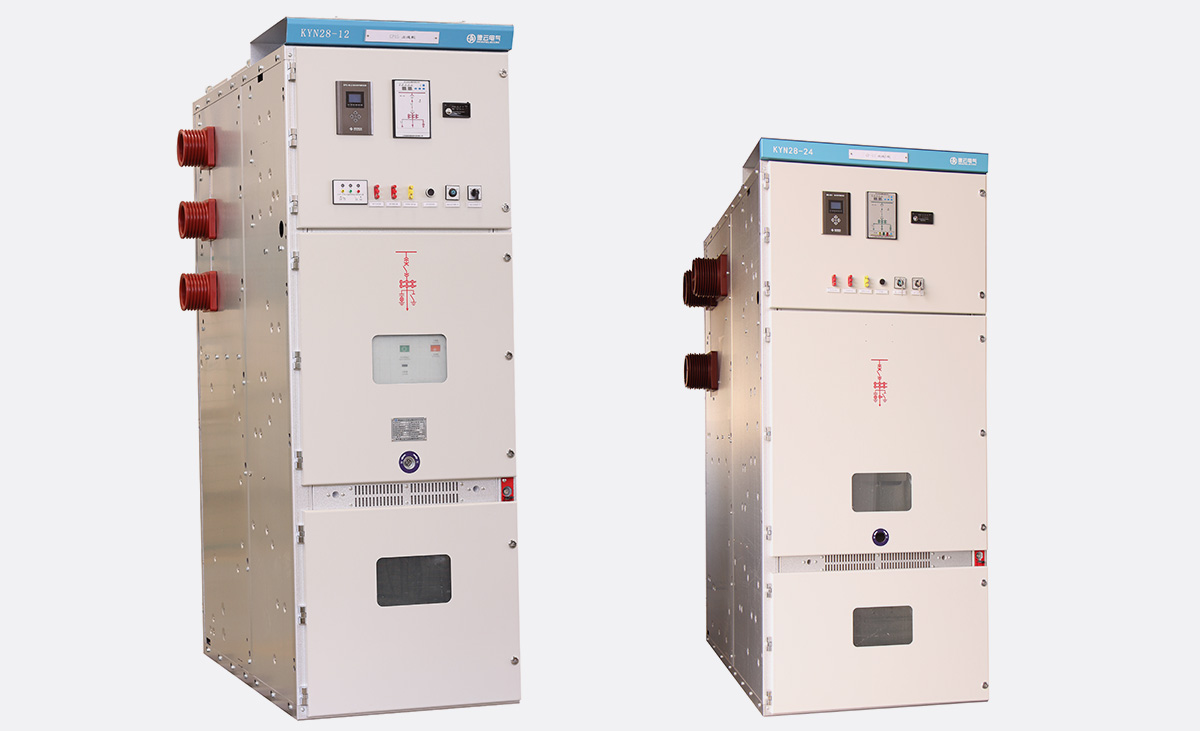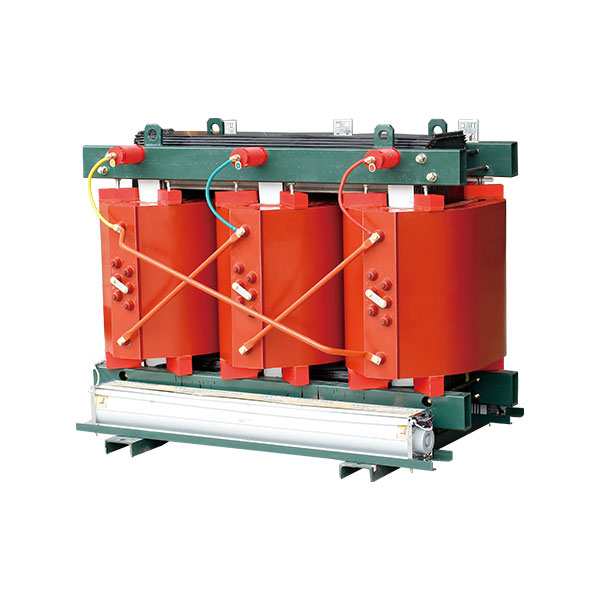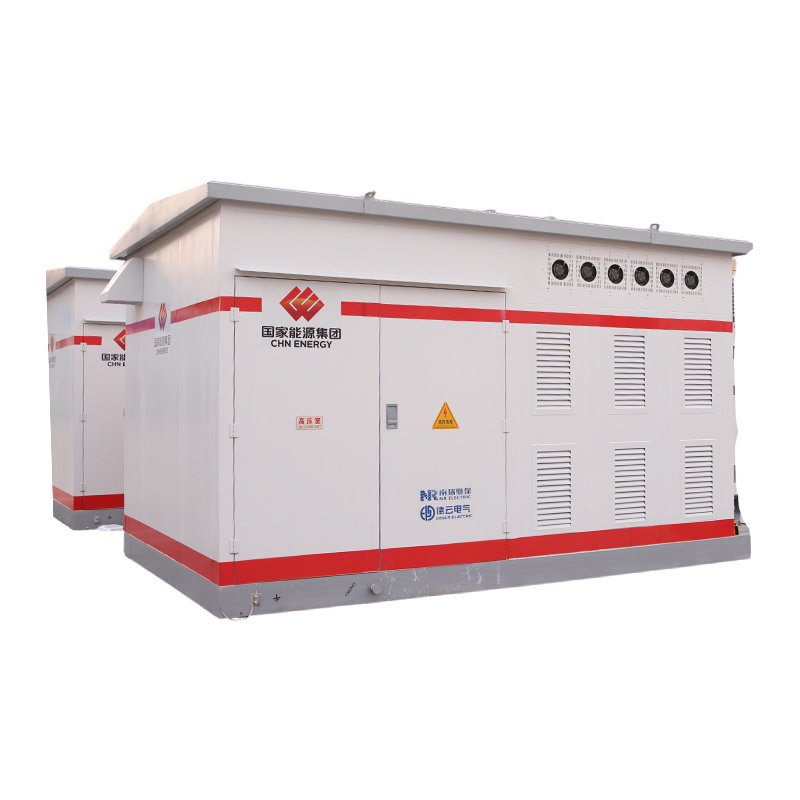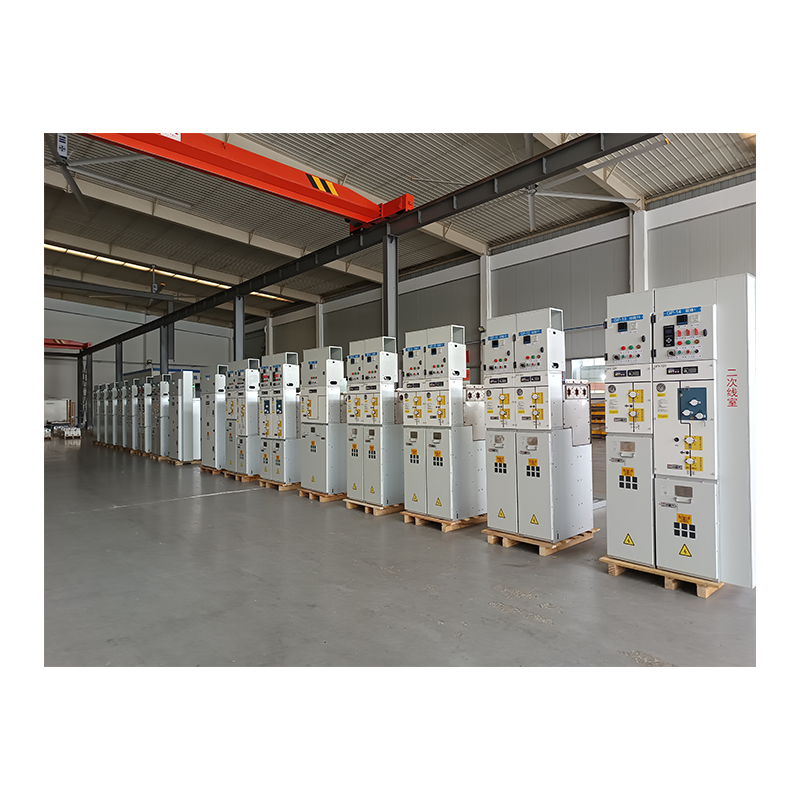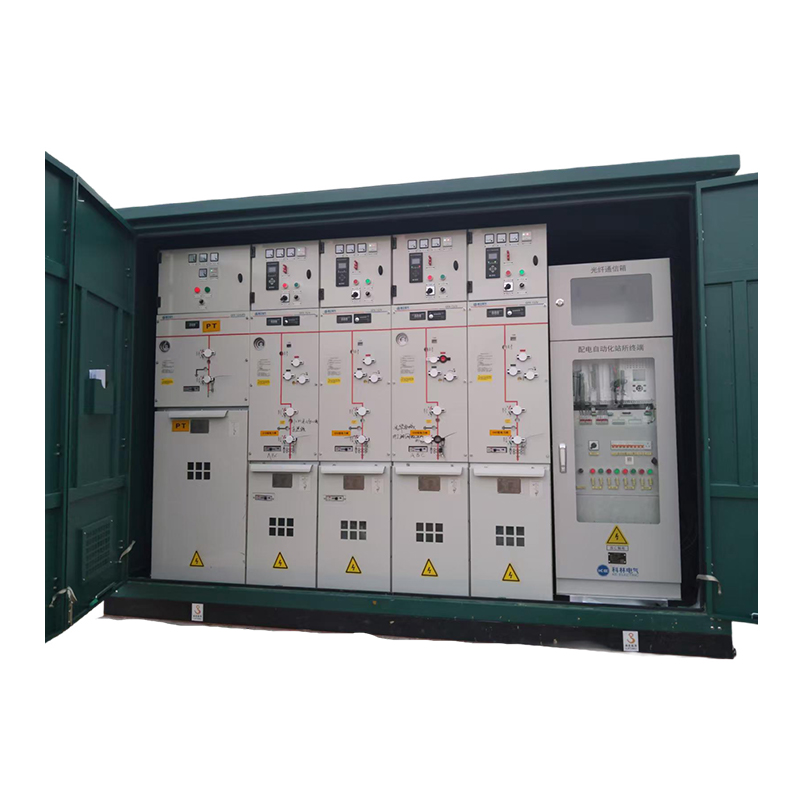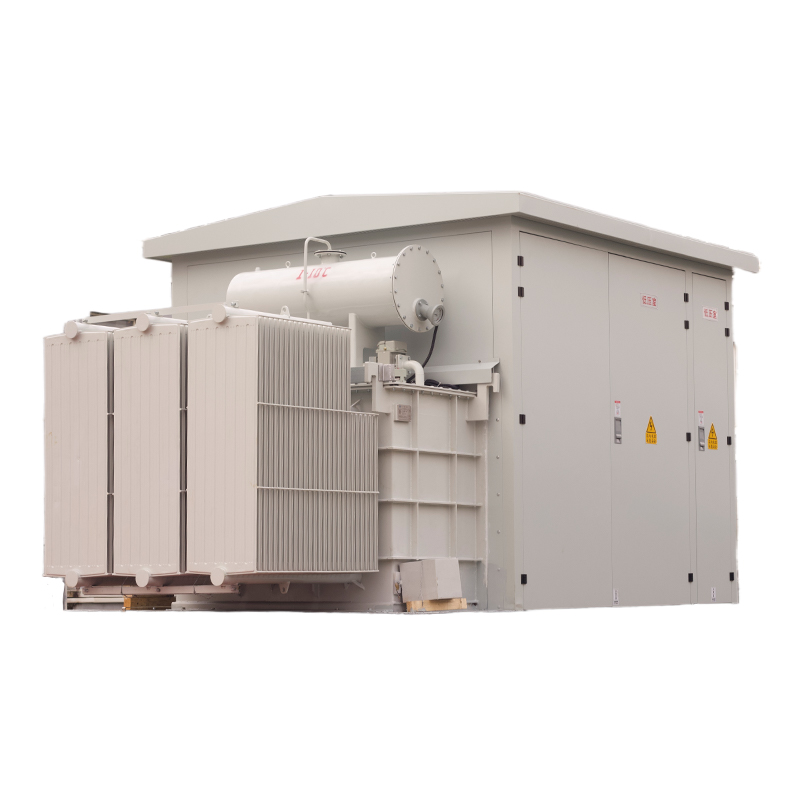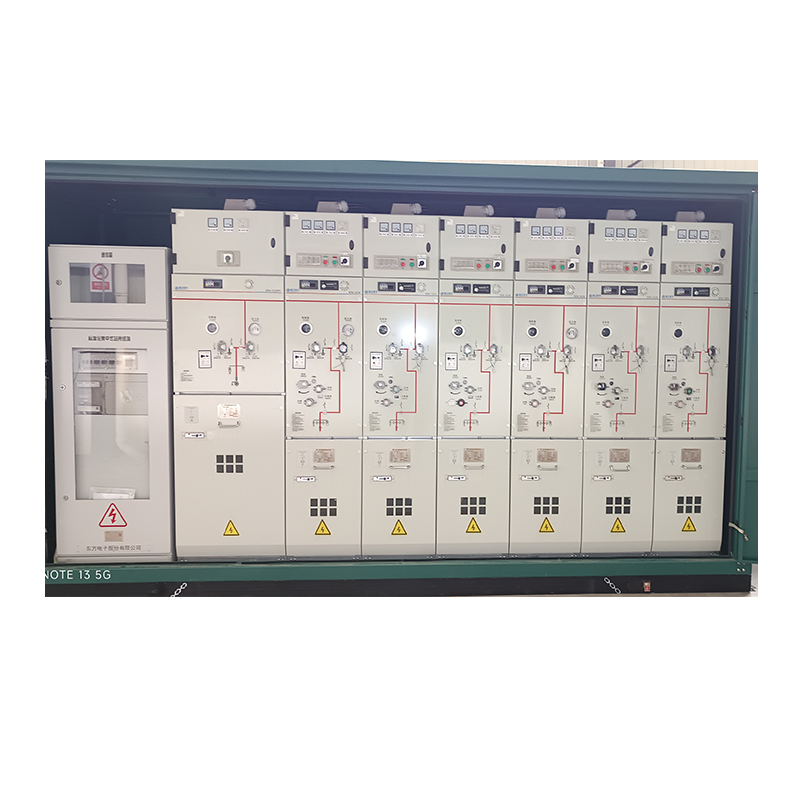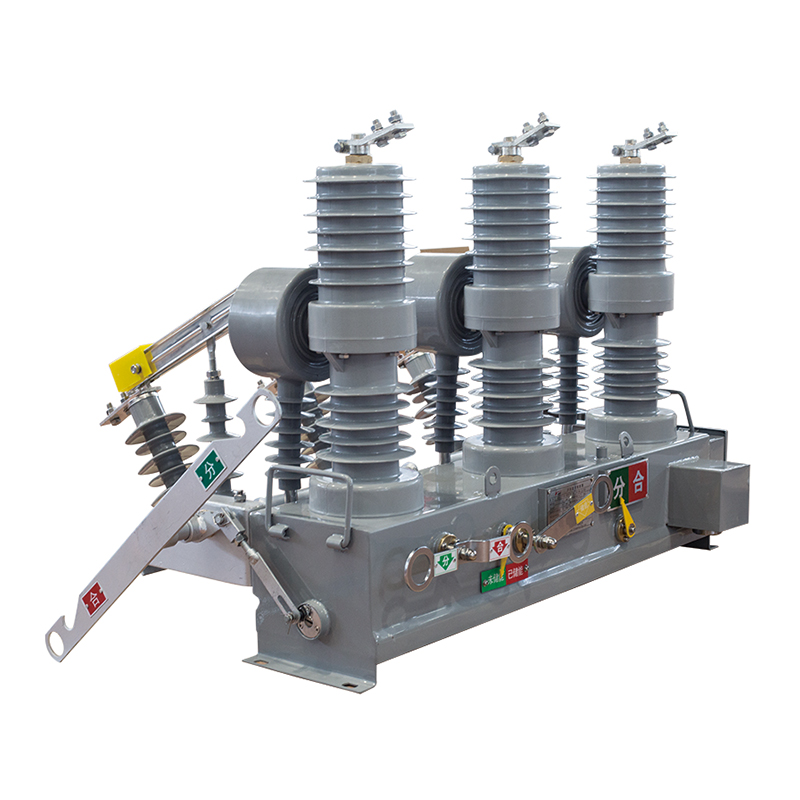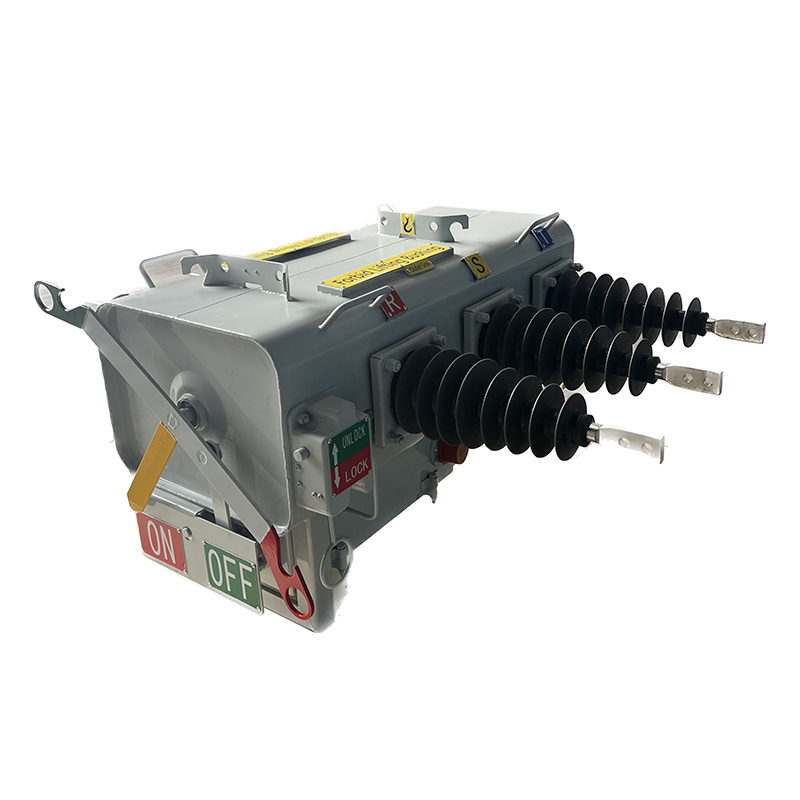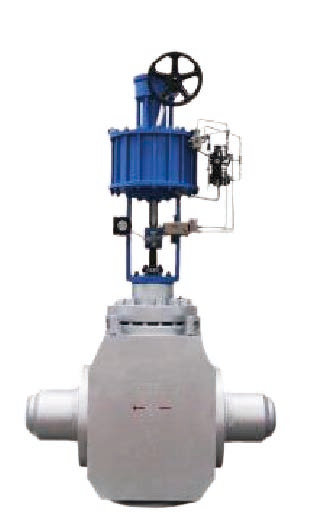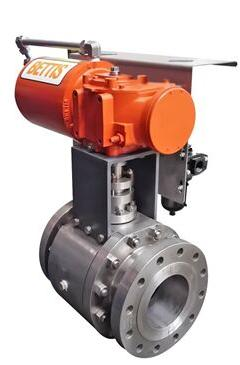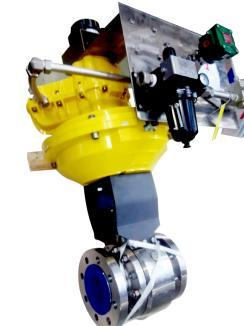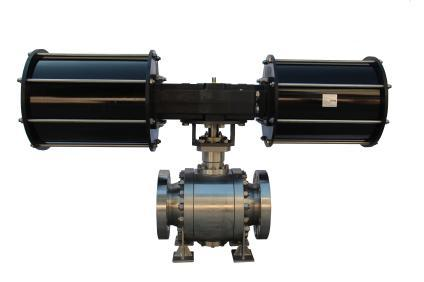Wedoany.com Report-Apr. 5, The solar module market in the U.S. saw a notable price increase in December 2024, with prices rising by $0.01 per watt to $0.26 per watt. This marks the first upward adjustment since summer 2024. Anza, a leading market insights firm, highlighted that this price hike reflects market recalibration in response to tariff impacts. By February, buyers reportedly gained clearer insights into potential U.S. tariffs, allowing prices to stabilize at the new level.
Globally, module prices in China have experienced a slight upward trend. However, it’s important to note that Chinese-manufactured modules don’t directly enter the U.S. market. These price movements may have ripple effects on the global supply chain, particularly for manufacturers relying on Chinese components.
The pricing dynamics vary by module technology. Heterojunction (HJT) modules, which are known for their higher efficiency, lower temperature coefficients, and improved cold-weather performance, have seen a more significant price drop. From $0.38 per watt in July to $0.34 per watt in February, HJT modules have fallen nearly 10%. This decline is attributed to Anza’s observation that HJT manufacturers are testing price elasticity while promoting the technology’s advantages.
On the other hand, tunnel oxide passivated contact (TOPCon) modules have maintained relatively stable prices around $0.26 per watt since November. Despite their strong performance, TOPCon modules have faced challenges due to recent patent litigation among tier-1 suppliers. Although concerns about retroactive fines and supply disruptions have emerged, most buyers perceive the risks as low and continue to value these modules for their performance.
Interestingly, the ongoing litigation and political uncertainties are influencing some buyers to consider less efficient but more affordable mono passivated emitter and rear cell (PERC) modules. These modules have seen a 4.2% price increase since November, reaching $0.25 per watt. Anza noted that its market share has grown as buyers seek stability and are hedging against supply risks.
With Section 201 import tariffs now fully integrated into the market, Anza provided further insights. Modules using cells from countries like Cambodia, Malaysia, Thailand, and Vietnam—affected by the policy—experienced a 7.7% price increase from November into December. While prices have since stabilized slightly, they remain elevated. In contrast, modules using non-Southeast Asian cells saw a 0.8% decrease during the same period, reflecting more competitive pricing in other regions.
Anza compiled its data from 35 module vendors, representing 95% of the market for its report. This comprehensive analysis underscores the complex interplay of technology, tariffs, and market dynamics shaping the solar module market.
